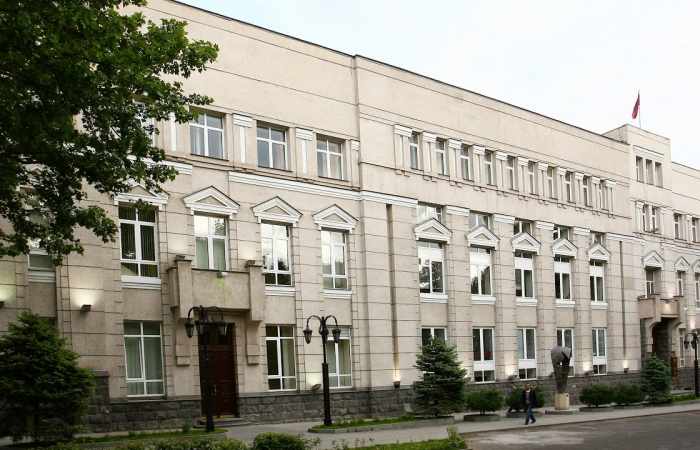Armenia has seen consumer prices decline recently as it felt the pain from the economic crisis in Russia, which hit consumer demand as remittances from Armenians working in its former Soviet ruler went down.
Annual deflation was at 0.2 percent in February, compared with 0.6 percent in January. On a monthly basis deflation was at 0.9 percent in February, compared with 2.6 inflation a month earlier.
In order to spur both inflation and consumer demand, the central bank started cutting its key interest rate in August 2015. It trimmed the key rate again on Feb. 15, bringing it to 6 percent compared with 10.50 percent at the start of the easing cycle.
"We think that easing was sufficient," Javadyan said, adding that it would act if necessary.
"If the central bank estimates that risks of deviation from inflation target rise, it will react accordingly, using all instruments to provide price stability," Javadyan said.
The central bank is due to take next decision on the rate on Tuesday.
Javadyan said that prices would remain at a low level over the short term, gradually boosting annual inflation to 4 percent by early 2019.
"We think that gradual achievement of the target will ensure general equilibrium of economy with minimum negative consequences," he said.
The central bank expects annual inflation at 0.6 percent in 2017 and 2.2 percent in 2018, but projections are revised every quarter, Javadyan said.
He said that the central bank might revise the country's economic growth forecast upwards, but it remains at 2.2-3.2 percent range for this year.
"Growth is mainly conditioned by recovery of internal demand, effective implementation of government programmes, aimed at stimulating export and investment as well as structural reforms," Javadyan said.
Speaking about the banking sector, Javadyan said that commercial banks -- their number declined to 17 from 22 in 2016 -- showed good resistance to shocks and risks.
"Banks' ability to absorb risks as well as their liquidity has improved, creating a big potential for financing new business projects," Javadyan said.
The banking sector's adequacy ratio stands at 20 percent, while amount of non-performing loans declined by 1 percentage point year-on-year to 6.2 percent by end-2016. Foreign investors own about 62 percent of the banking sector capital in Armenia.
/Reuters/
More about: #Armenia
















































